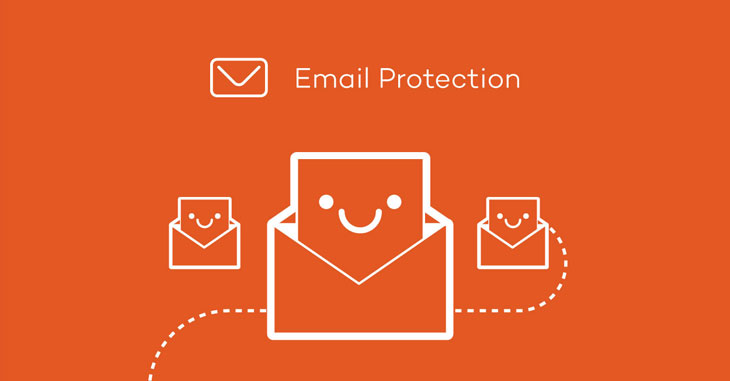Create a strong password.
A good password is hard for other people to guess, difficult for software to crack, but easy for you to remember. It can be difficult to come up with a password that meets all of your email service’s criteria that’s actually easy to remember, but here are a few tips:
- Your password should be long: The golden rule now is that a password should be 12 characters and contain a mix of uppercase letters, lowercase letters, numbers, and symbols.
- Don’t forget to password-protect your phone or tablet: Even if it makes it take a little longer to access your home screen, always password-protect your mobile devices. If someone else gains access to your unlocked phone or tablet, they’ll have access to all of your apps, including your email.
Use a unique password for your email account.
Avoid the temptation of reusing passwords on multiple accounts. If you use the same password to log in to your favorite website as you do your email, you’re putting your email at risk—if someone cracks your password on that site, they’ll also have your email password.
- Since there are so many passwords to remember nowadays, you may want to try using a password manager.
- Avoid choosing the option to save your passwords on the web. If you save your password to make it easier to log in, anyone using your computer may access your email. This is especially important when you’re using a public computer.
Turn on two-step verification.
Most of the popular email services, such as Gmail and Outlook, allow you to enable two-step verification, which adds a second layer of protection to your account. When two-step verification is turned on, you’ll also have to enter a special security code that is sent to you via SMS or in an authentication app when logging in from an unknown source (a computer in a different area than you usually log in from). This makes it so if someone manages to crack your email password, they’d also need access to your phone to actually sign in.


